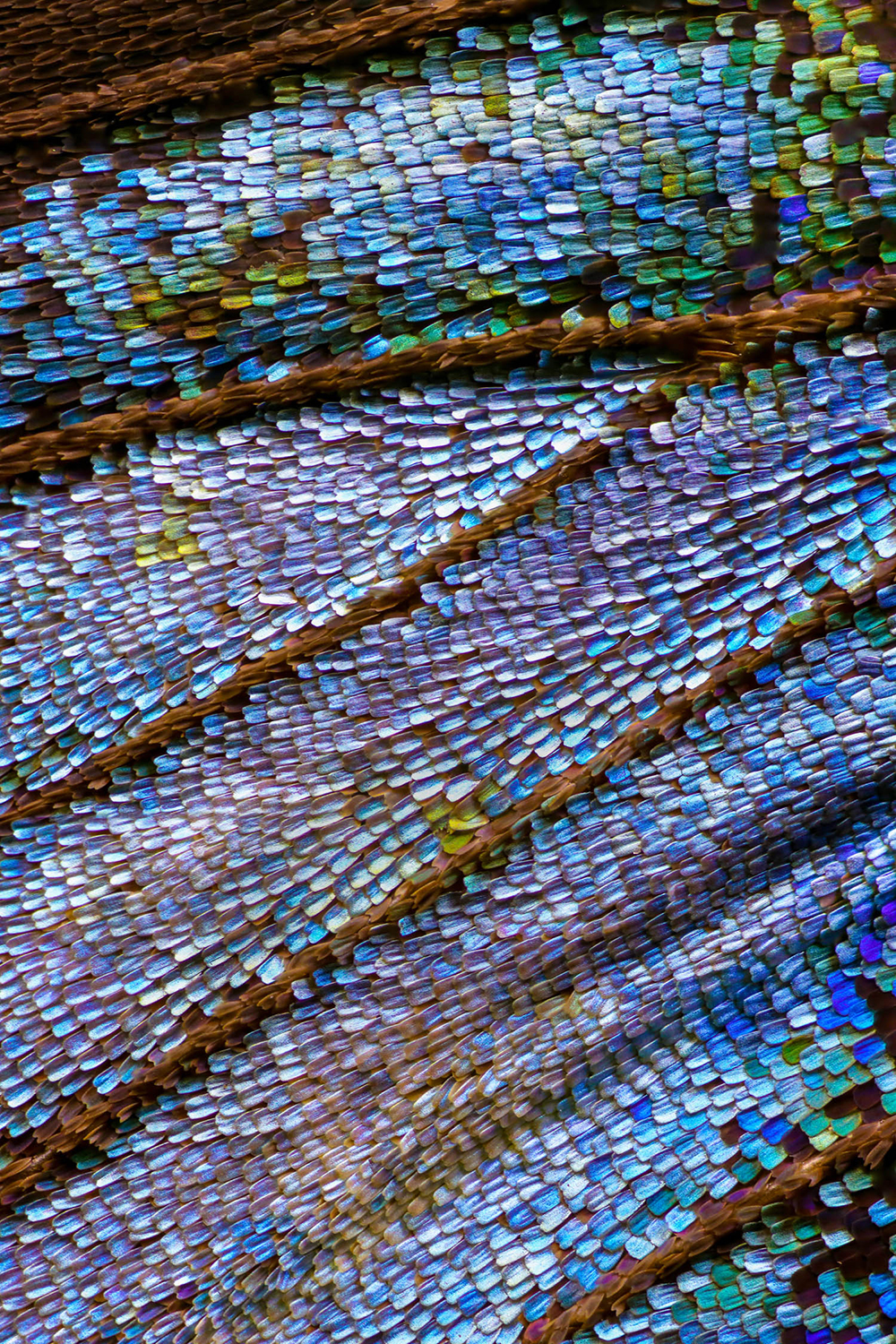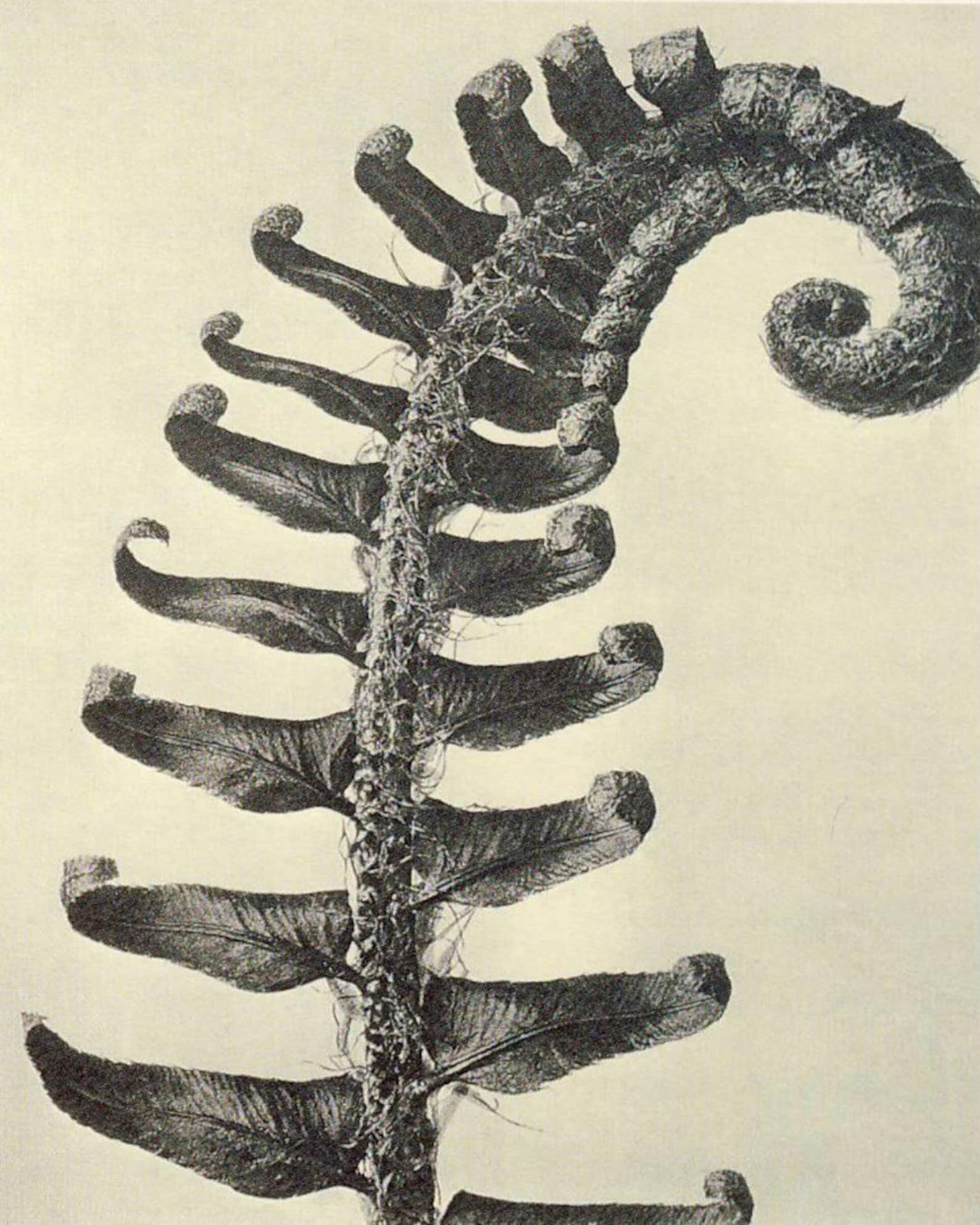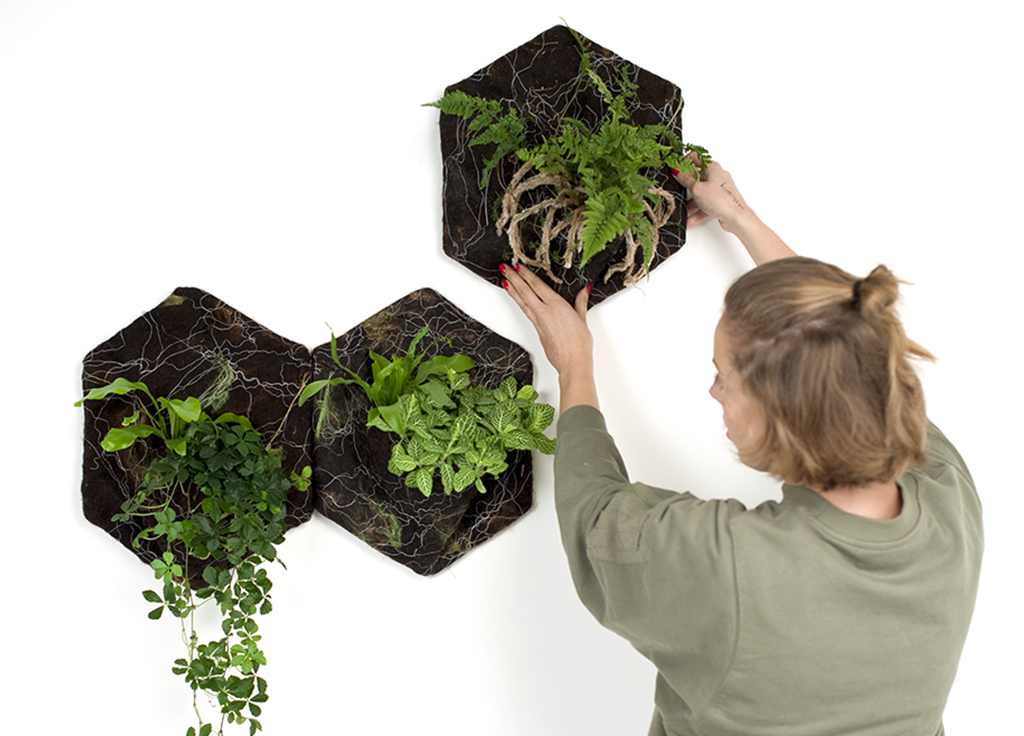3. Circular fashion¶
Research¶
After an intense tutorial on Grasshopper and Rhinoceros, I had quite clear objectives for this week: make sure have an actual design in Illustrator that can be cut on the lasercutter and (hopefully) works when put together - since I used both things (Illustrator and the lasercutter) maybe .5 times in my life. The Grashopper and Rhino would need to wait for a future moment.
To get inspiration on shapes to use for my modules, I turned to nature and looked for examples of natural things built our of modular or fractal shapes.
:max_bytes(150000):strip_icc():format(webp)/__opt__aboutcom__coeus__resources__content_migration__mnn__images__2013__04__aloe-spiral-ea5b8c653d454ed8a2f714c38bc6c579.jpg)




On paper¶
I had in mind creating something in between leaves, fish scales, feathers, but was not entirely sure how to connect the modules; and when I tried on paper this didn’t really amount to something that looked like something. I realised it was doable to connect modules in one (vertical) direction, but to cover an area, I would have to be able to connect them horizontally as well. However, when I tried this, it just became more complicated and messy. I also tried creating bigger modules, which helped a bit. But still, messy.
From an idea in my head (and from the internet) aka what I thought it would look like

to a reality in paper..? aka what it really looked like











(This could also be due to that the paper was thin, the modules were small, I didn’t have a sharp knife and other excuses of course)
I let this first failure sit and thought of how to make a simpler module. I also thought of how to make something that would be of actual use; to put the experimentation into actual practice afterwards. (Maybe that would also be more sustainable?) That’s when the felt wall came into play.
From an example shared in our whatsapp group of a modular room divider, and a plantwall design that I had seen at a friends house, I took the idea to combine both into one design. A bit of ready made, a bit of self-creation; perfect for a modest tryout. And even more perfect for a project I had been looking to create a solution for; to insulate (soundwise) a wall of a room in my house.
This is the room where I work and study, and moving to a bigger space finally gives me the opportunity to make music again. However, besides all the other walls that are made of wood, this backwall is made of a superthick concrete - which is not great for the sound. I was therefore looking for something that could help me muffle the sound a bit, and at the same time would look nice.
So:

+

= new idea!
For this, I had to find out how to remake the module of the example of the felt wall, so again starting with paper I tried to recreate the module and quickly found out the yin-yang logic of joints (eg. that connections work best if you create a and b as a's inverse). (And additionally did some new inspiration searching for Japanese woodjoinery, for maybe later)
Although I briefly considered making it possible to have different sizes of the module, as to create a more organic, natural feel (like this for example, a quick sketch (and a time limit) easily discouraged me. I decided to stick with simple for now and re-designed the hexagon; module 1 was done!
before the yinyang revelation:

after the yinyang revelation:

For module two, I copied the bottom part of the hexagon and folded the rest of the paper back and back and back until I had a shape I was happy about (and assumed my plants would be too). This resulted in module 2.

On screen¶
I used illustrator to create a same sized version of my paper modules (thank you Shift) and then tried it out in the Laser cutter


In the laser¶
Trying out some different materials made me think how to make it lighter (in a similar way as the original design of the felt curtain does with holes in the modules) but since the main goal is to insulate the wall, probably felt would be the best material to use, and holes would not really amount to the goal of sound reflection/capturing.
Additionally, looking at ways how walls are normally made sound proof, the plant bag addition might be a welcome element to make sure the sound gets absorbed by creating a wave kind of structure, instead of direclty reflecting it, like this


Eventually, the wall would be built up like this: